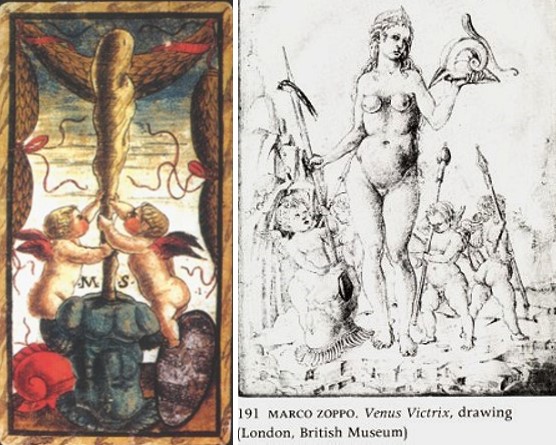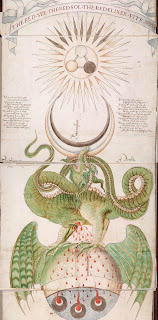I classified the period 1487-1493 as party time. In contrast 1476 (murder of Galeazzo) - 1478 (attack on Medici) - 1486 have wars, not always much wars, but enough to have some sorrows. Partly the wars are massive, Ferrara for instance, had been never worse than in 1482-1484. I think, that in the later time with its many festivities and glorious marriages the moral had been relaxed. Instead of going to war the nobility went to weddings. The raise of cases of homosexuality not necessarily displays a correct picture. For instance the documentation might have become much better in the final quarter.mikeh wrote:Thanks for your comments, Huck. They are helpful, but so far haven't led to what I needed to know.
It is possible that 1491 was a period of lessening intolerance toward homoeroticism. I just can't find any verification of that. The existence of festivals doesn't tell me anything. Repression and festivals aren't mutually exclusive; the former can be a diversion of attention from the latter. Nothing is said in Ruggioro about any let-up in repression. Unfortunately the statistics he publishes are for quarter-centuries only; on that measure, 1476-1500 stands out as by far the most repressive quarter of the fifteenth century against "Sodomy": 196 individuals, vs. 134 the previous quarter, 81 the quarter before that, and 87 (from incomplete records) in the first quarter of the century (p. 128, in Google Books).
1494 is a plausible date ... and it seems also plausible, that Ercole left the ship in early 1498, when the Savonarola case started to become hopeless. I don't see a relation to Savonarola before and I don't believe, that the figure on the 2 of coins means Savonarola. I think, it might be a Venetian owner of the deck ... or the producer (but I think this not likely). The young man might be Alfonso d'Este, who had married in Jan/Feb 1991. After this he and his father went to Venice.On the relationship between Ercole d'Este and Savonarola, following your lead I went to the library and found a whole chapter, "The Duke and the Friar" in Gardner's Dukes and Poets in Ferrara (1904, in Google Books, p. 396ff). But it starts in December of 1494. The documented relationship is all from after Savonarola became the ruler of Florence, that the letters between the two happen. Even granting that he turned religious, and Savonarolist, after his wife's death in 1493, that's two years after the SB.
The two of coins became later (and possibly already around 1490) the card, where the producer was noted.
Sorry, the "confirmed" related to the whole article and the relation Savonarola-Ercole, not to the Steele Sermon.
Huck wrote,Are you saying that this "negative Tarot preaching" was written during the period 1493-1498? Or do you mean the general time of Savonarola's preaching, including the time he had few followers in the Ferrara area. That would be 1482; but he had no following anywhere until he after moved to Bologna in 1488, where Pico noticed him by 1490 (http://en.wikipedia.org/wiki/Girolamo_Savonarola). So do you mean after 1488? Or 1490, when Pico invited him to Florence? Whichever it is, I find it hard to believe that the dating can be that precise, to specify a certain 10-15 year period. And are you referring to the "Steele Sermon," or something else?The negative Tarot preaching was written on paper produced near Ferrara ... it might well have been written in the period of Savonarolism.
No, it's confirmed.
Savonarola burnt cards in 1497/98 in two actions. In 1497 Ercole prohibited card playing (from a single sentence notice somewhere). But after 1498 Savonarolism wasn't dead, especially not in Mirandola. How the Mirandola-Ferrara relation functioned between 1498-1502, I don't know, but it's clear, that the marriage between Lucrezia Borgia and Alfonso Este changed a lot and naturally it worked pro-Borgia and against Savonarolism. In this same year 1502 Gianfrancesco was attacked by his brothers (and had to leave Mirandola as a consequence). 1503 the Borgia pope died, so some pressure on Ercole was gone.
Ercole couldn't easily control Mirandola ... this had a strong fortification.
For the Steele Sermon the attribute "Ferrarese paper" might mean, that Savonarolists in Mirandola might be the producers, the distance Ferrara-Mirandola isn't two far. Generally the father of Gianfrancesco Pico, Galeotto, was excommunicated for long years (I think since 1484 ?). He died April 1499 and Gianfrancesco was the heir. It might be, that the whole region was more rebellious than others and wouldn't easily obey Rome's ideas.


